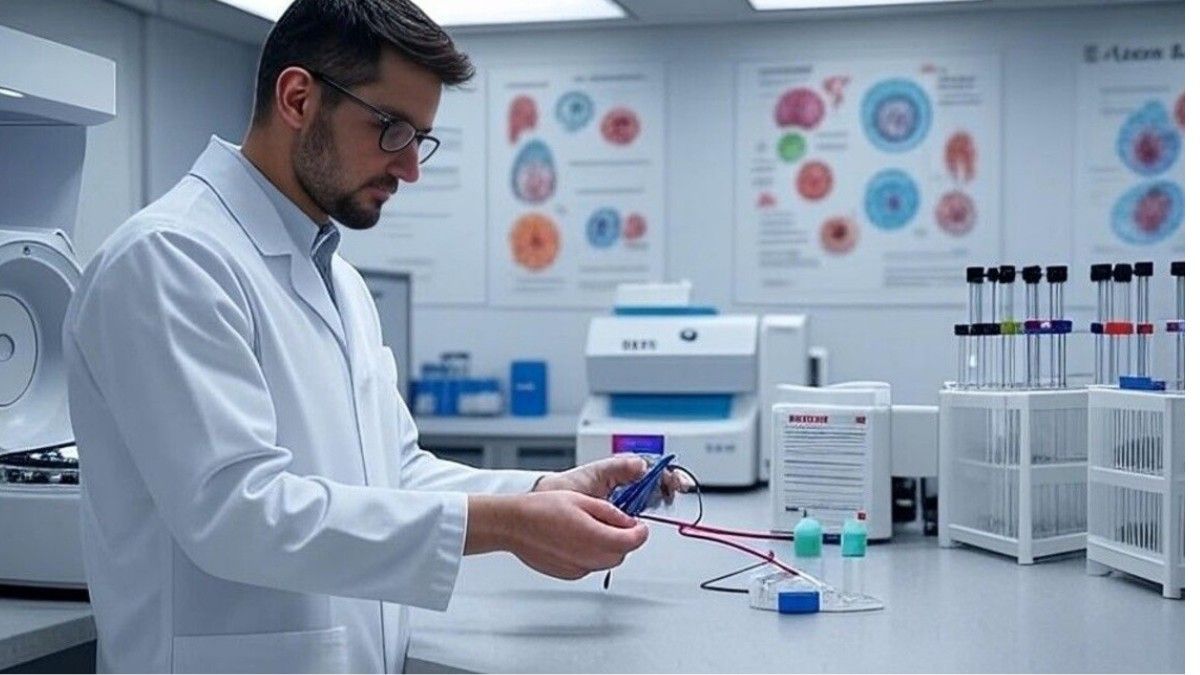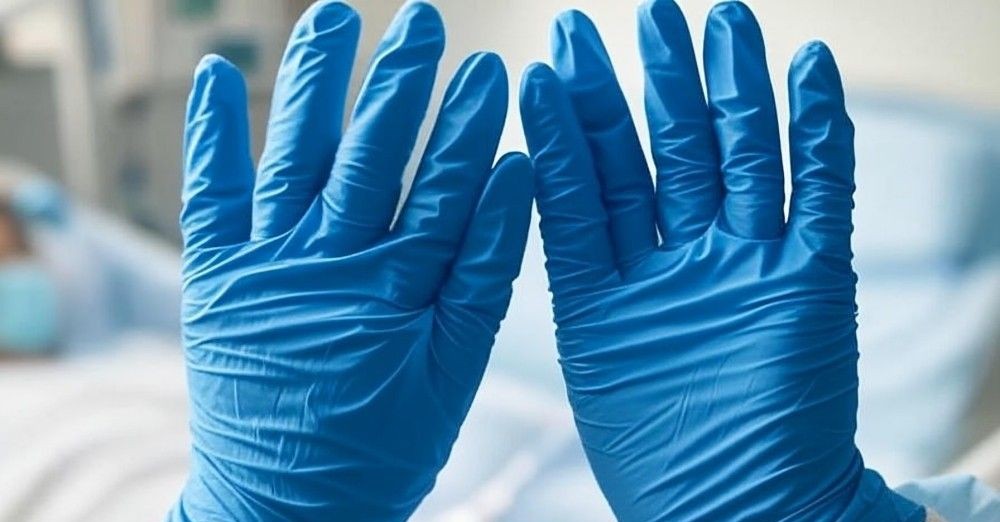
Lancet needles are essential for the safe and effective collection of blood samples in the fields of medical diagnostics and patient care. Knowing what a lancet needle is, how it works, and how to use it correctly may make a big difference in accuracy and comfort, whether you’re a patient managing a chronic condition like diabetes or a healthcare worker.
Everything you need to know about lancet needles will be covered in this blog post, including kinds, applications, safety precautions, and commonly asked questions.
A Lancet Needle: What Is It?
A tiny, pointed device called a lancet needle is used to produce a tiny puncture in the skin, generally the tip of the finger, in order to draw a tiny amount of blood. Hemoglobin testing, blood glucose monitoring, and other point-of-care diagnostic assays are its most popular uses.
In order to lower the risk of infection and cross-contamination, lancet needles are made to be used just once. For convenience and security, the needle is frequently enclosed in a plastic body and may have a safety cap or a spring-loaded mechanism.
Lancet Needles Types
Lancet needles come in a variety of forms to suit various patient requirements and testing conditions.
1. A manual needle for a lancet
- Basic style
- Use of a separate lancet device is required.
- Economical
- Manual disposal is necessary.
2. The Safety Lancet
- has a built-in single-use gadget.
- For further security, retractable needle
- lowers the possibility of unintentional needle sticking
- Perfect for clinics and hospitals
3. Modifiable Lancet Instruments
- enables the user to adjust the puncture’s depth
- used with lancet needles that are interchangeable
- Ideal for people with different skin thicknesses
How a Lancet Needle Is Used
Accurate results and reduced discomfort are guaranteed when a lancet needle is used properly. Here is a detailed guide:
- Use soap and warm water to wash your hands.
- To avoid diluting the blood sample, completely dry.
- If necessary, insert the lancet needle into the lancing apparatus.
- If the device permits, change the depth setting.
- The gadget should be placed on the side of the fingertip rather than the middle.
- To engage the needle, press the trigger.
- To get a drop of blood off your finger, gently massage it.
- As needed, gather the sample or use a test strip.
- The lancet needle should be disposed of in a sharps container.
Advice for Using a Lancet Needles Safely
- For every test, use a fresh lancet needle.
- Never give away your needle or lancing equipment.
- Used lancet needles should be disposed away in a suitable biohazard container.
- Select the appropriate gauge: A thinner, less painful needle is associated with a greater gauge (e.g., 30G–33G).
Selecting the Appropriate Lancet Needles
Take into account the following while choosing a lancet needle:
- Needle gauge: Although they may produce smaller samples, thinner needles (higher gauge) are less painful.
- Skin sensitivity: Finer needles may be preferred by those with sensitive skin.
- Make sure the needle is compatible with your lancing apparatus.
Application: For convenience and security, hospitals frequently utilize safety lancets.
Typical Applications for Lancet Needles
- Diabetes patients’ blood glucose monitoring
- Testing for cholesterol and hemoglobin
- Rapid infectious disease diagnostic tests (RDTs)
- Capillary blood collection in clinics and labs
Questions and Answers (FAQs)
1. Does the lancet needles hurt?
Even with finer gauge needles, a lancet needles prick is usually rapid and not very unpleasant, though it may cause some little discomfort.
2. Can a lancet needles be reused?
Lancet needles are made to be used only once. Reusing them can blunt the needle, increasing pain and increasing the risk of infection.
3. How can I safely dispose of lancet ?
Needles should be disposed of in accordance with local laws and in a sharps container that has been authorized by the FDA.
4. What distinguishes a lancet from a lancet ?
While the lancet needles refers exclusively to the sharp metal portion that punctures the skin, the term “lancet” frequently refers to the entire instrument.
In conclusion
A little but mighty instrument in contemporary medicine, the lancet needles allows for rapid, painless blood collection. Knowing how to use and handle lancet needles correctly is crucial for preserving safety, hygiene, and reliable test findings, whether you’re a patient, caregiver, or healthcare professional.
You may guarantee a safe and easy procedure each and every time by selecting the appropriate lancet needles for your requirements and adhering to best practices.




